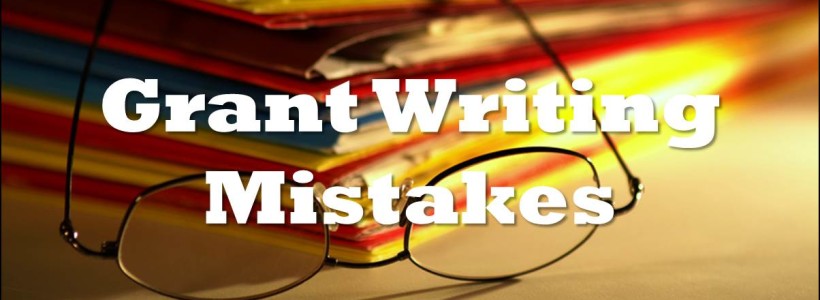4 Common Fire Service Grant Writing Mistakes
The Federal Emergency Management Agency, the U.S. Forestry Service, the Department of Homeland Security, and many state agencies offer fire service grants for everything from apparatus to station buildings to bunker gear. In many cases, we are competing for funding with hundreds if not thousands of departments. In Kansas, there are 639 active departments which means if my department wants to apply for a grant I could potentially have to compete with 638 other departments for the same money.
Here are four of the most common mistakes departments of all sizes make, and the easiest way to avoid them:
#1 – Proofreading
Often times our peers are the ones reviewing our grants. When we are asking for thousands of dollars of what is more or less free money, we need to make sure that someone — other than ourselves — reads our grant proposal. While lack of punctuation and bad grammar are not the only things that kill a grant proposal, it does make us look unprofessional.
When identical requests based on the same issue come through, it’s easy to understand how the grant prepared and proofread will get the money over a grant with a lot of issues. Reading proposals aloud is the easiest way to spot mistakes.
#2 – Not Correctly Identifying The Problem
Too often we assume that the person reviewing the grant will understand the needs we have based on the issue that we present.
For example, we often say that lack of equipment is the issue. In reality, equipment is the solution to our problem or we wouldn’t be asking for it. The actual problem is providing adequate fire protection for a certain area.
Another example is requesting PPE and/or safety equipment. We often state that the issue is we don’t have said PPE or safety equipment. Getting the equipment is the solution; the problem is that as a fire department we respond to a variety of incidents, almost all of them hazardous. Protecting the public starts with protecting our firefighters and the best way to do that is with PPE and safety equipment.
Correctly identifying the problem makes presenting a viable clear use for the grant much easier. It’s also important to reduce the use of acronyms and technical jargon to avoid confusion during proposal review.
#3 – Not Having A Clear Use For The Grant
If we correctly identify the problem or the issue, we need to make sure that we are crystal clear on why we need the grant.
For example, saying that we need a new engine is not enough. We have to say why it’s needed. In addition to documenting the mechanical and structural issues with the current truck, we should be explaining why a larger pump and the ability to hold more hose is a benefit to the district we protect, and why the new safety standards used in new apparatus will increase the safety of those riding in the apparatus (versus the capabilities and safety features of the current apparatus).
I strongly encourage having a colleague from outside of your protection and mutual aid coverage area read your proposal. This ensures that a person unfamiliar with your particular needs can understand it.
#4 – Not Reading The Requirements Of The Grant
A successful grant request starts with reading the grant’s Request For Proposals (RFP) front to back. Everything about the grant is included in that document. Grant reviewers receive stacks of requests and they have to start somewhere in elimination. Any grant that doesn’t follow the guidelines of the RFP will be immediately tossed, no matter how good the writing is or how grave the need.
Usually the RFP includes how the grantor wants a proposal to be structured, including page limit or even page margins. There are grants that require very specific information about call volumes, staffing, types of calls, and the makeup of coverage areas. Failing to provide that information accurately is a sure way to fail.
Other grants require the department to provide a percentage of the request (otherwise known as a matching grant). Make sure that your governing board or city has those funds to allocate should you be awarded the grant.
Assistance to Firefighters Grants (AFG) monies require the timely and accurate transmission of National Fire Incident Reporting System (NFIRS) information and most states require it for state forestry grants. Be sure you are submitting this information; if you have not been submitting it, be sure to do so PRIOR to sending in your grant application.
Good luck and happy grant writing!






What a great resource and excellent tips! Thanks for posting! Would just like to perhaps make mention that on your very 1st tip re: proofreading….there is a mistake in the very first sentence (extra word “our peers are ‘on’ the ones…) I’m not trying to be critical-thought maybe it was put there on purpose since its topic is proofing.
Haha. I see what you did there Captain Wood with the proofreading error. Thanks for keeping us on our toes. Excellent points to keep in mind while applying for a grant. Thank you.
Would that it were on purpose! Thank you for pointing out the proofing mistake I made — which just goes to show you how important multiple sets of eyes are.